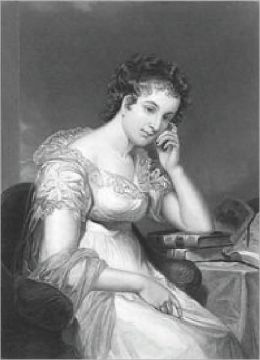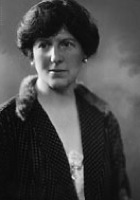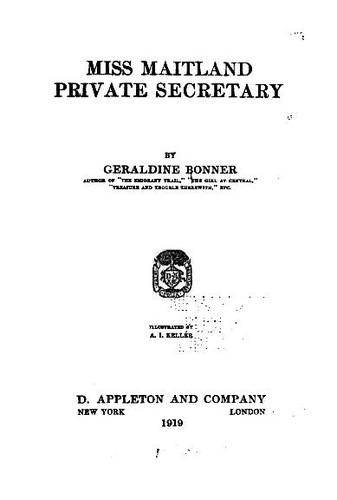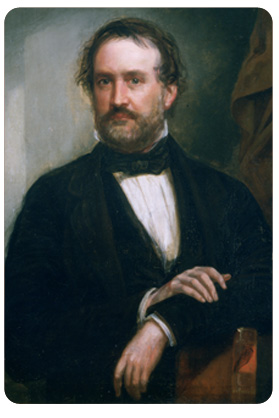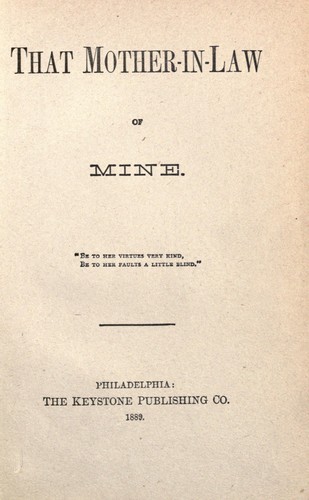
That Mother-in-Law of Mine - 1879
Anonymous
170 pages
genre - General Fiction
my rating - 4 of out 5 stars
At the beginning of the story, young Charles Travers has spent a blissful two weeks of a month long honeymoon with his darling Bessie. That blissfulness is not expected to last because his mother-in-law will be joining them in the morning.
Charlie describes his mother-in-law, Mrs. Pinkerton, as a widow, under fifty, determined, stony-hearted and jealous. There had been quite a few tug-of-wars between them as he courted Bessie, became engaged to her, survived a wedding and now Charlie will have her company on his honeymoon and then they all will return to the Pinkerton home to live in connubial happiness. Not.
Charlie tries to get along with Mrs. Pinkerton, but it's an uphill battle. Charlie describes his effort to get his mother-in-law to like him, "A fellow can't get an iceberg to enjoy tropical sunshine."
My favorite part of the story is in Chapter 8. Charlie says, "...an event of extraordinary importance was to occur in our little household. There had been premonitions of it for some time...there were active preparations going on...I seemed to be counted out altogether in the preparations, as if it was something in the nature of a surprise party in my honor..." It isn't until the second paragraph when Charlie talks about Lilliputian clothing and a cradle suddenly appearing in his bedroom that the reader realizes that Bessie is expecting a baby very soon. It is just too cute how he dances around the topic of pregnancy and the birth of a child. Very clever writing.
I was amazed at how easy it was to read this book. I mean, it was copyrighted 134 years ago. And it's too bad we don't know who the author is. He or she deserves credit for writing such a wonderful tale.
